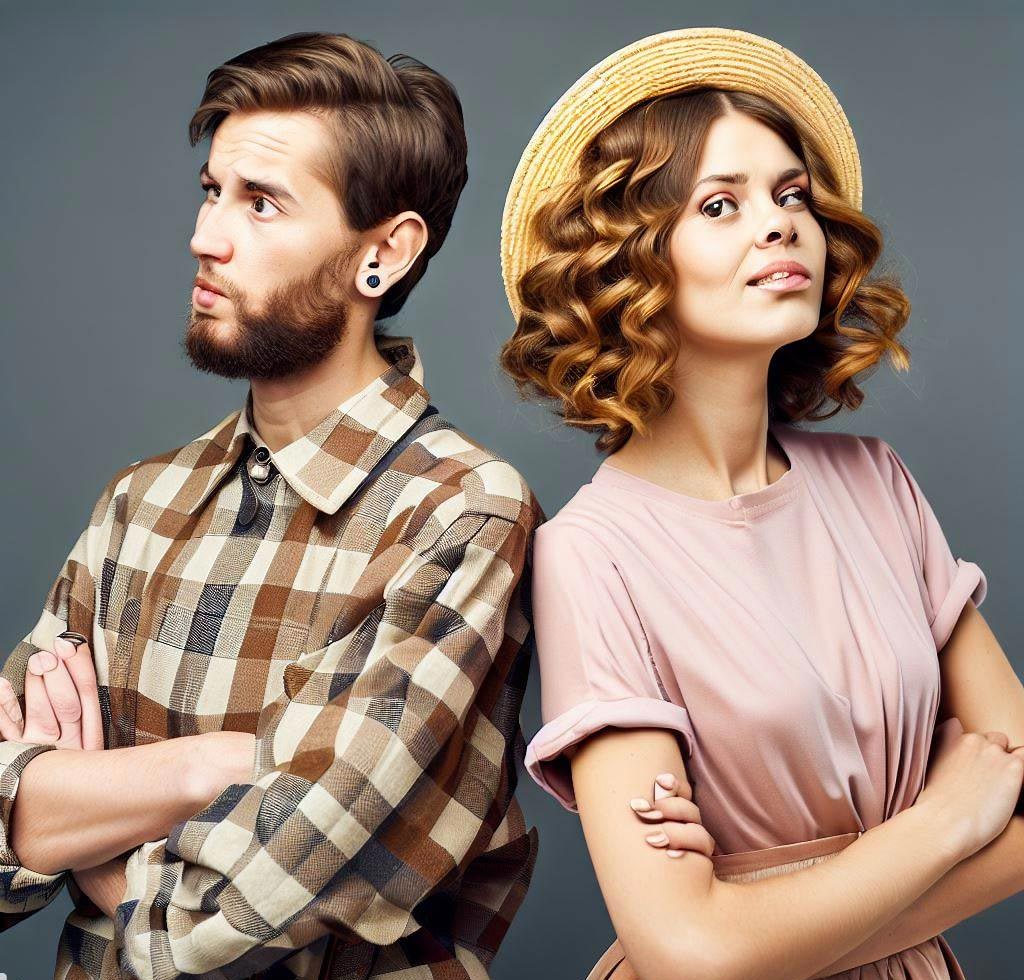
Modern vs Traditional Gender Roles: A Comparative Study
Gender roles have been at the epicenter of societal debates for many decades. With the advent of modernism, the traditional norms that defined gender roles have evolved significantly.
Understanding the implications of this shift on society, culture, and gender equality forms the cornerstone of this research.
Understanding Gender Roles
At their core, gender roles, or sex roles or gender norms, are societal and behavioral norms considered suitable for men and women. Many factors, such as culture, religion, and socio-economic contexts, have historically influenced these roles.
Traditional Gender Roles: A Historical Perspective
Traditional gender roles dictated that men were the breadwinners and protectors while women were homemakers and caregivers. This division was seen across many cultures and societies, forming a universal yet unspoken code of gender behavior.
-
The Breadwinner and the Homemaker: In many societies, men were expected to provide financially for their families. Women, on the other hand, were expected to manage household chores and take care of children.
-
Influence of Religion and Culture: Religion played a significant role in defining gender norms. In many cultures, women's primary role was seen as mothers and wives, reinforcing the belief that their place was in the domestic sphere.
-
The Power Dynamic: Traditional gender roles often created a power imbalance, with men being perceived as superior.
Modern Gender Roles: An Era of Transformation
In contrast, modern gender roles have transcended these conventional norms, striving towards equality and individual freedom. The societal expectations for men and women are no longer strictly defined, leading to a more egalitarian society.
-
Workplace Equality: With advancements in education and civil rights, more women have entered the workforce, challenging the traditional breadwinner-homemaker dynamic.
-
Shared Responsibilities: Domestic responsibilities are now often shared between both genders, breaking away from the conventional belief that household chores are solely women's domain.
-
Freedom to Choose: Modern gender roles support the idea that individuals should be free to choose their career paths and life decisions, irrespective of gender.
The Evolution from Traditional to Modern
The transition from traditional to modern gender roles has been a complex process, marked by societal shifts, cultural evolution, and the rise of feminist movements.
-
The Feminist Movement: Feminism was pivotal in challenging traditional gender norms and advocating for equal rights. The women's liberation movement of the 1960s and 1970s catalyzed a societal shift, enabling women to break free from traditional gender expectations.
-
Cultural Evolution: As societies evolved, so did their understanding and acceptance of gender roles. The influence of Western cultures, globalization, and technological advancements have all contributed to this shift.
The Impact of Modern Gender Roles on Society
Modern gender roles have had profound impacts on society, particularly in the areas of professional opportunities, family dynamics, and societal expectations.
-
Professional Opportunities: The modern approach to gender roles has opened many professional opportunities for women, promoting economic independence and personal growth.
-
Family Dynamics: In many households, the traditional family structure has replaced a more flexible model in which responsibilities are shared equally between partners.
-
Societal Expectations: The societal norms around masculinity and femininity are also changing. This has resulted in a more inclusive society that acknowledges and respects individuality.
Comparing Modern and Traditional Gender Roles
While the shift from traditional to modern gender roles represents progress toward equality, it's crucial to analyze the positive and negative implications of both.
-
Flexibility vs Rigidity: Modern gender roles offer flexibility, allowing individuals to choose their path. Traditional roles, however, were rigid and left little room for deviation.
-
Equality vs Hierarchy: Modern roles promote equality, while traditional roles often propagate a hierarchy based on gender.
-
Individuality vs Conformity: Modern roles celebrate individuality and personal choices, as opposed to traditional roles that encourage conformity to societal norms.
Case Studies
Below are a few case studies that highlight the impact of gender roles to illustrate further the points discussed.
-
Case Study 1 - Scandinavian Countries: Countries like Sweden, Denmark, and Norway are often praised for their progressive gender-role approach. These nations offer extensive parental leave for both parents, promoting shared responsibility.
-
Case Study 2 - Japan: In contrast, Japan still leans towards traditional gender roles. Women are often expected to quit their jobs after marriage or childbirth. However, the government is taking measures to encourage women's participation in the workforce, highlighting a slow but significant shift.
-
Case Study 3 - The United States: The U.S. provides an example of a society in transition. While traditional gender roles are still prevalent in some parts, there has been a significant shift towards modern roles, especially in urban areas.
Conclusion
In conclusion, the shift from traditional to modern gender roles highlights society's progress toward equality and individual freedom. While strides have been made, the journey continues, varying across cultures. This evolution shapes professional opportunities, family dynamics, and societal expectations, empowering individuals to define their paths.
Understanding these shifts is vital for fostering inclusivity and respect for diverse choices, paving the way for a more balanced and equitable society.
Gender




